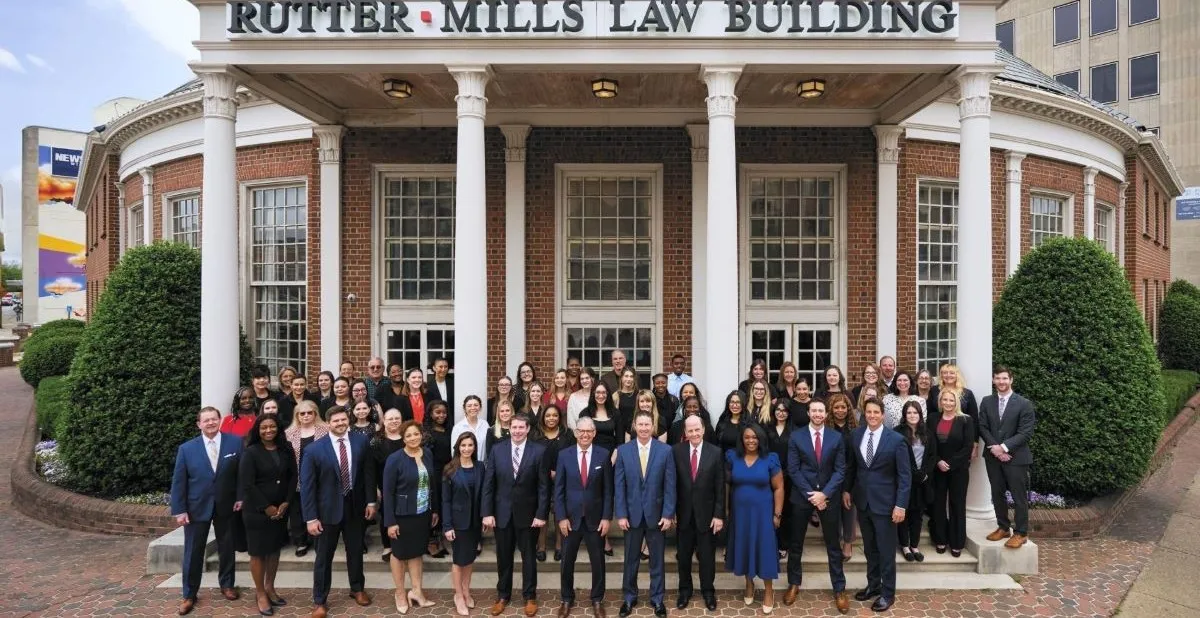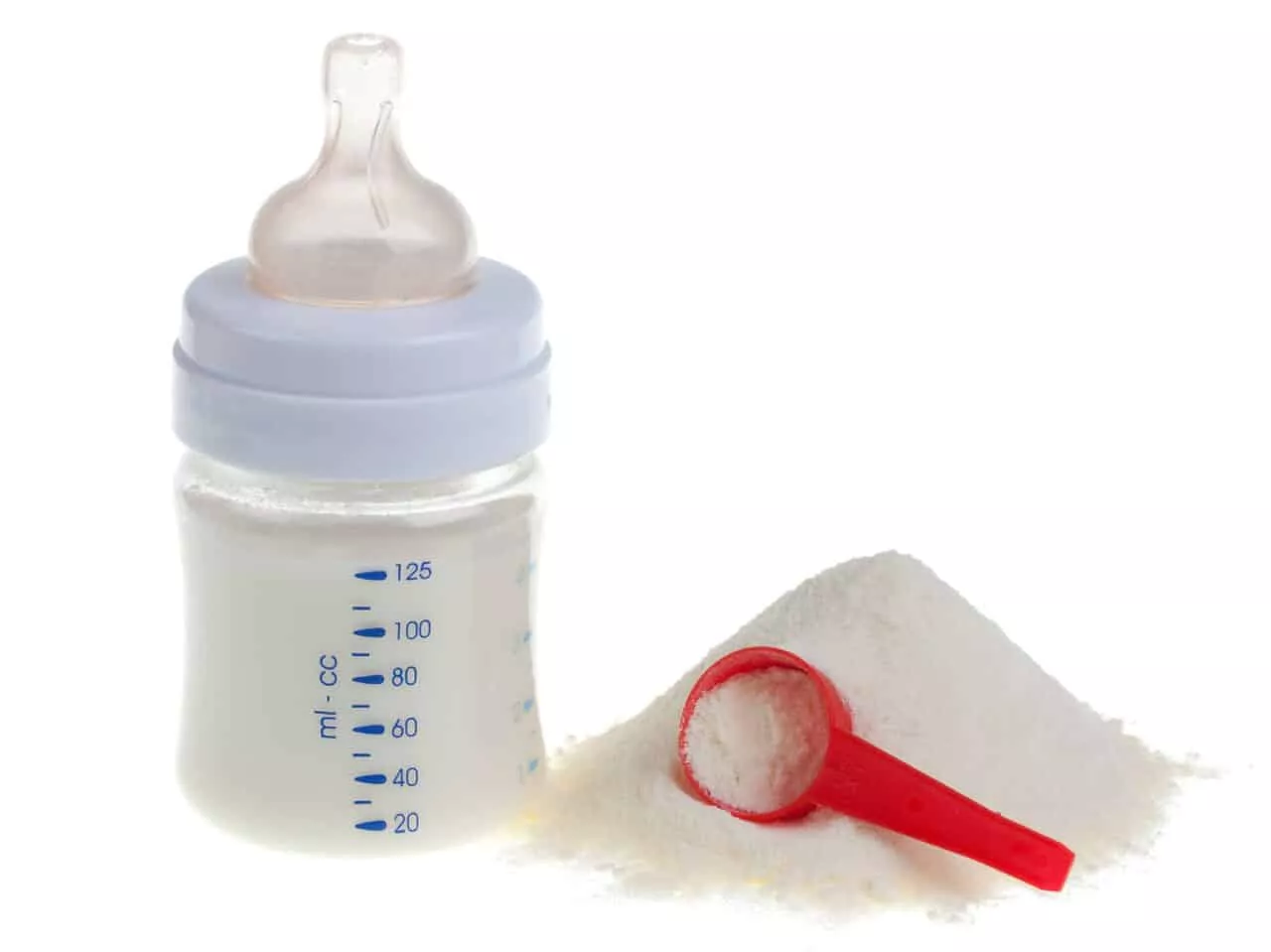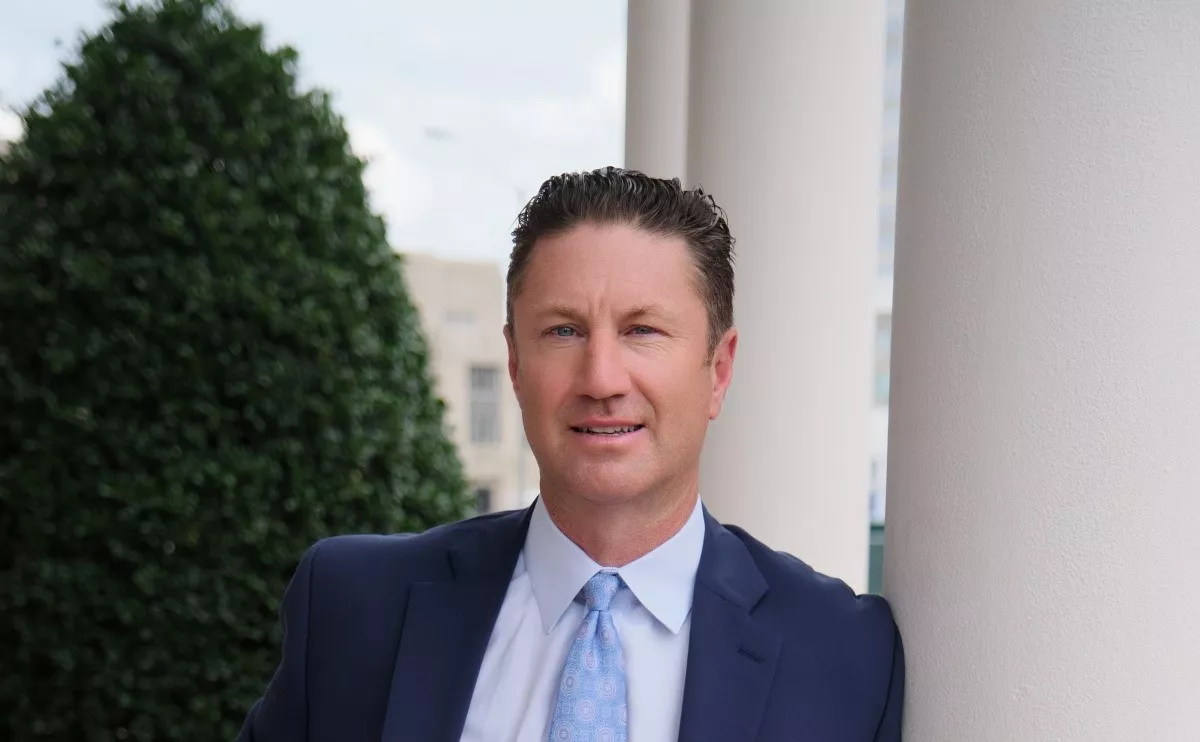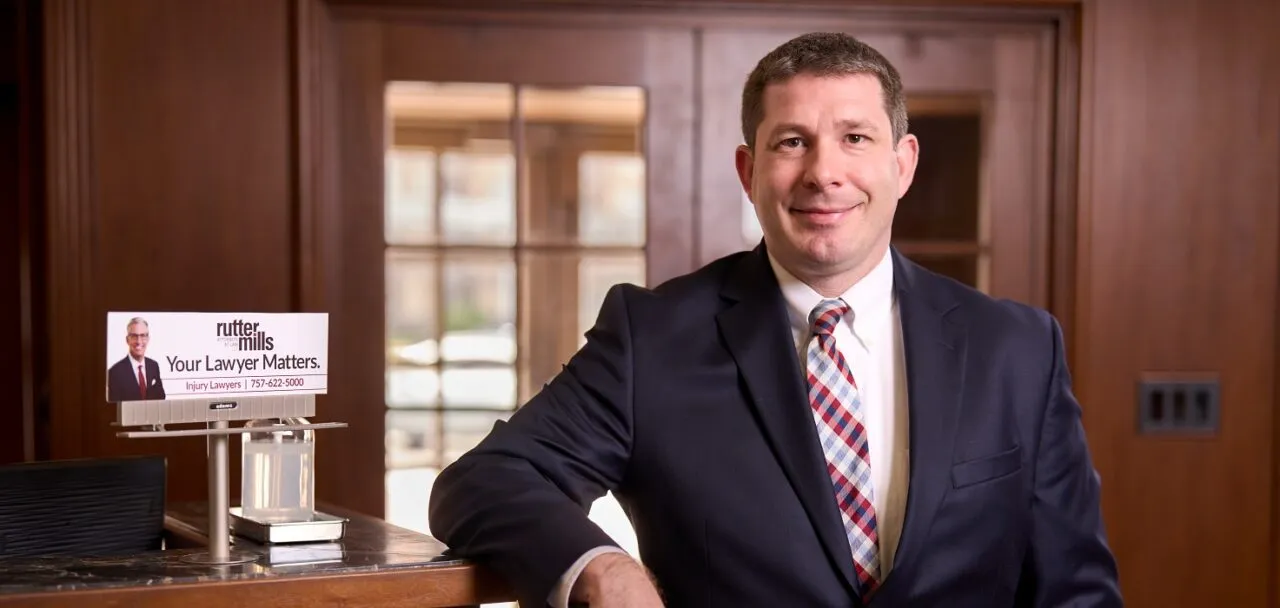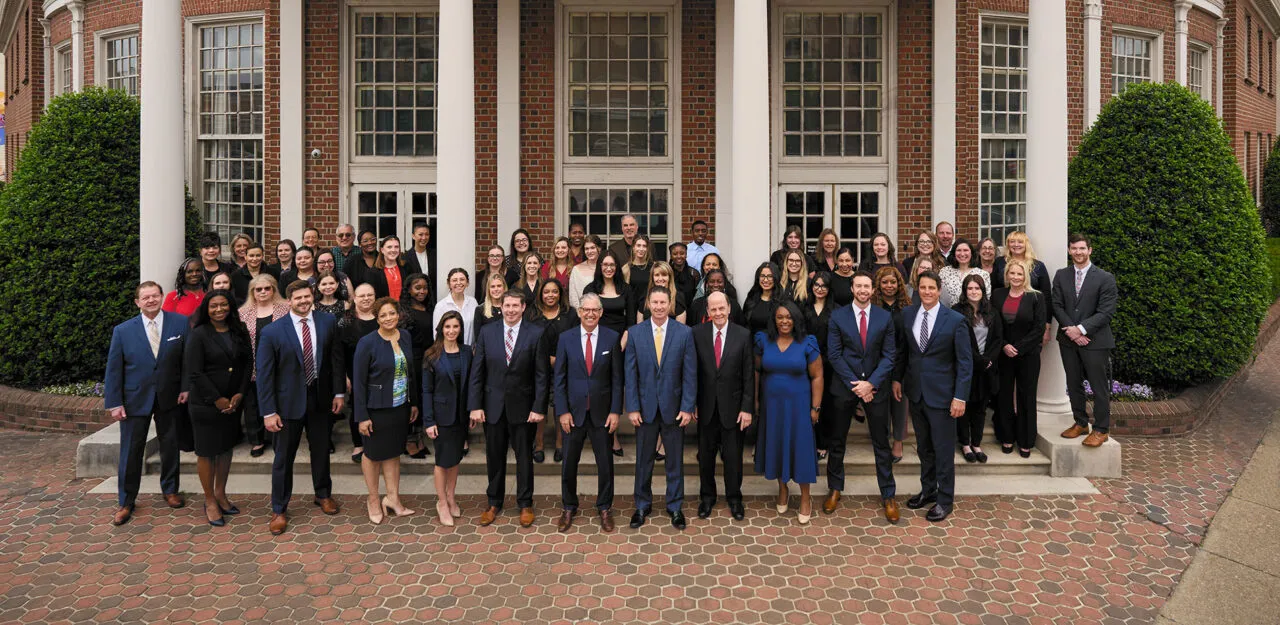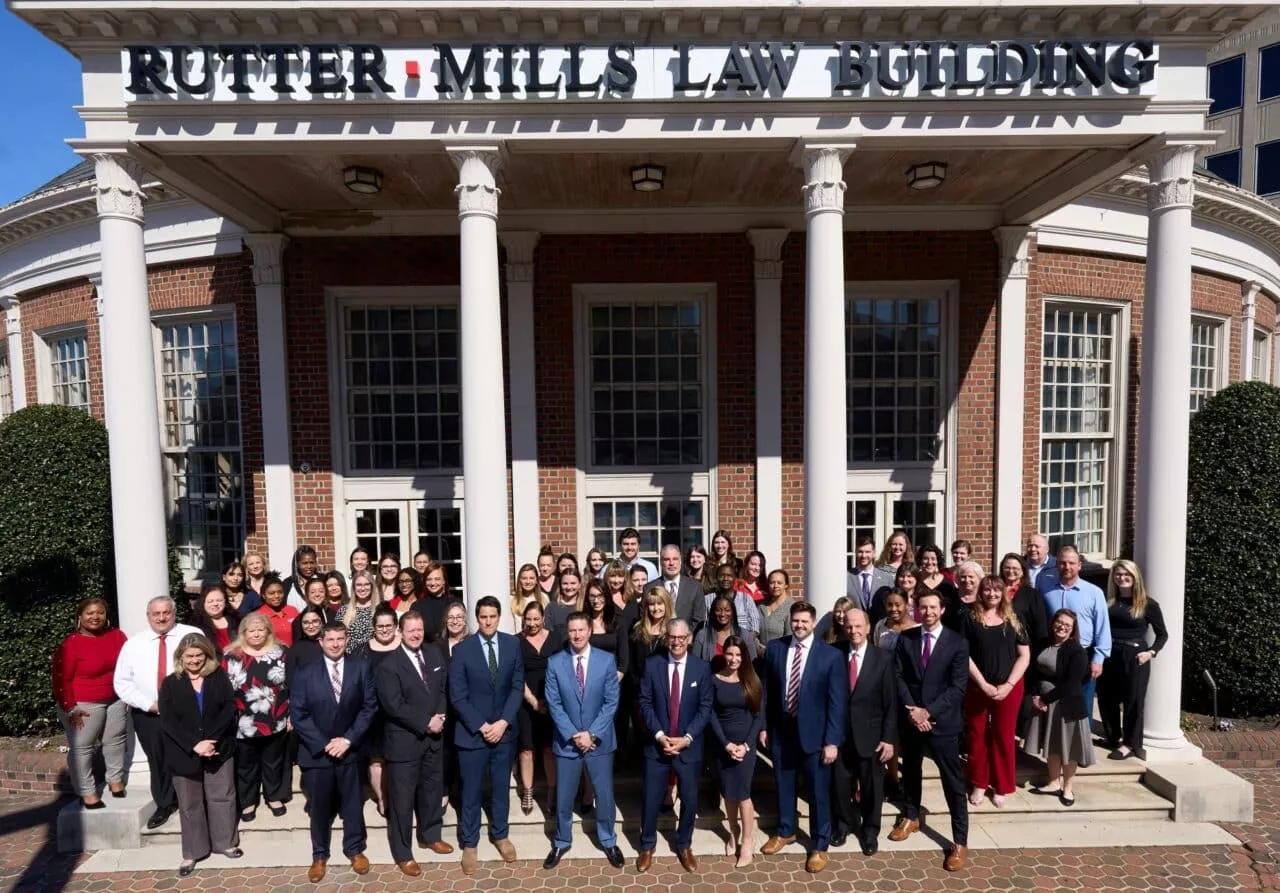Aqueous Film Forming Foam was widely used not only by firefighters but by the military, at airports, on shipboards, at refineries, and other industries at risk of fuel fires. However, these chemicals are now causing cancer and other serious illnesses.
The manufacturers allegedly knew of this cancer risk but told AFFF users that their product was safe. AFFF lawsuits are now holding them accountable. A defective product lawyers at Rutter Mills can determine your eligibility to file a lawsuit. Cases like this need – and deserve – a personal injury law firm with the size, strength, and reputation to stand up to the big insurance companies. They need Rutter Mills. Call today for a free consultation.
What is AFFF?
AFFF contains a number of harmful chemicals. Per- and poly-fluoroalkyl substances (PFAS) have been used since the 1950s. In addition, the manufacturing process creates another iteration of PFAS, perfluorooctanoic acid (PFOA). These chemicals, which never break down in either the body or the environment, have been linked to cancer and other health issues. While, as of the mid-2000s, PFAS are no longer manufactured in the U.S. for firefighting foam, the damage they are responsible for will potentially last for centuries.
Firefighting Foam Lawsuits Explained
The health risks of PFAS cannot be underestimated. Those diagnosed with cancer due to AFFF have legal recourse for exposure from firefighting foam lawsuits. Because the manufacturers of AFFF allegedly knew their product was dangerous, AFFF lawsuits focus on holding them liable for their negligence.
Major AFFF manufacturers include:
- 3M
- Chemguard
- DuPont
- National Foam
- Solberg
- Tyco
Multi-District Legislation 2873 (MDL) has been filed with the U.S. District Court in the District of South Carolina. In federal civil actions, MDLs are designed to relieve the burden on federal courts by making litigation more efficient and convenient. When common questions of fact in various district courts are shared in a civil action, an MDL consolidates the litigation temporarily and transfers it to a single district court for consideration.
An MDL is not a class-action lawsuit, although such lawsuits are also consolidated. Because plaintiffs came into contact with AFFF in different ways and suffer from a wide range of illnesses, the claims do not have the distinct similarity found in class-action lawsuits. To date, more than 6,700 personal injury cases are participating in the MDL.
Firefighting Foam Cancer Risks
AFFF firefighting foam lawsuits are based on the cancer risks posed by PFAS. Many scientific studies have identified the types of cancer associated with PFAS. In 2014, PFOA was initially categorized as a possible human carcinogen. In 2023, its classification changed to a human carcinogen. Also, in 2023, perfluorooctanesulfonic acid (PFO) received a possible human carcinogen classification.
PFAS Health Effects
PFAS has seeped into the groundwater around the areas where AFFF was used. This contamination of drinking water threatens everyone’s health. The Environmental Protection Agency (EPA) calls PFAS “an urgent environmental and health issue.”
In 2023, lawsuits accusing chemical companies of using AFFF led to more than $11 billion in settlements. Large settlements for AFFF firefighter foam lawsuits are also likely. Since significant monetary verdicts in court are anticipated, many companies are motivated to settle to avoid even more substantial losses or stay out of bankruptcy.
AFFF Carcinogenic Properties
The types of cancer that have been linked to AFFF include the following:
- Bladder
- Breast
- Colon
- Kidney
- Liver
- Pancreas
- Prostate
- Testicles
- Thyroid
In addition to cancer, AFFF has also been linked to other serious health issues, including:
- Congenital disabilities
- Growth and development
- Heart disease
- Hormonal imbalances
- Infertility
- Preeclampsia
- Ulcerative colitis
- Suppression of vaccine response in children
How to File a Firefighting Foam Lawsuit
The AFFF lawsuit process starts with a consultation with an attorney. The legal requirements for filing a lawsuit include a cancer diagnosis potentially resulting from AFFF exposure. For consideration as a plaintiff, you must provide evidence of exposure, your cancer diagnosis, and the medical treatment you received. Document all medical expenses related to your cancer treatment. For exposure evidence, work records or witness testimony are needed. Provide medical documentation if you have other health-related issues resulting from AFFF exposure.
Choosing the right attorney makes all the difference when filing a lawsuit. For more than 60 years, Rutter Mills has been helping clients injured due to another party’s negligence or recklessness. Our track record is second to none.
Firefighting Foam Litigation FAQs
What is AFFF, and why is it harmful?
AFFF stands for Aqueous Film Forming Foam. It is used to fight liquid-based fires, such as oil and gas. While an effective fire suppressant, older forms of AFFF contains harmful toxins known as PFAS. Extensive exposure to these chemicals, known as “forever chemicals” because they never break down cause cancer and other serious health problems.
Who is eligible to file a firefighting foam lawsuit?
While “firefighting foam” implies that only firefighters may file such a lawsuit, that is not true. Eligibility for filing an AFFF lawsuit requires a diagnosis of a qualifying type of cancer. You must provide evidence that your job exposed you to it for a prolonged period. That timeframe is a minimum of one year.
Although exposure causes other health complications, at this point, only cancer is considered for lawsuit purposes. Those eligible to file a lawsuit generally served in the military, worked as firefighters, or employed in the chemical manufacturing industry.
What types of damages can be claimed in a firefighting foam lawsuit?
Damages, or compensation, in an AFFF lawsuit include:
- Medical expenses, present and future
- Economic damages, such as lost wages
- Pain and suffering
How long do I have to file an AFFF lawsuit?
The statute of limitations depends on the individual state’s statute for filing a personal injury case. The statute of limitations in Virginia is two years from the date you first noticed symptoms.
What is the current status of AFFF litigation?
On January 11, 2024, Judge Richard Gergel, overseeing the MDL, ordered all parties to initiate evidentiary collection for forthcoming bellwether trials. Think of such trials as test cases for more extensive litigation. How AFFF cases are handled in the future will depend on the outcome of the bellwether trials. Questions such as the admissibility of key evidence, quality of expertise, and how the jury accepts facts help the parties understand how other litigation may proceed and potential settlement amounts.
In December 2023, Hawaii’s Attorney General Anne Lopez filed a civil complaint on behalf of the state against 25 AFFF manufacturers, including the 3M Company, DuPonte De Nemours Inc., and Tyco Fire Products LP.
Contact Rutter Mills for a Free Consultation About AFFF Compensation and Damages
AFFF compensation may include your current and future medical bills and the pain and suffering you have endured. At Rutter Mills, our attorneys specialize in defective product litigation. We fight for our clients so they can receive the maximum compensation they deserve for their injuries. Schedule a free consultation today to determine whether you qualify for an AFFF lawsuit. Since we work on a contingency basis, there is no fee unless you receive compensation.




